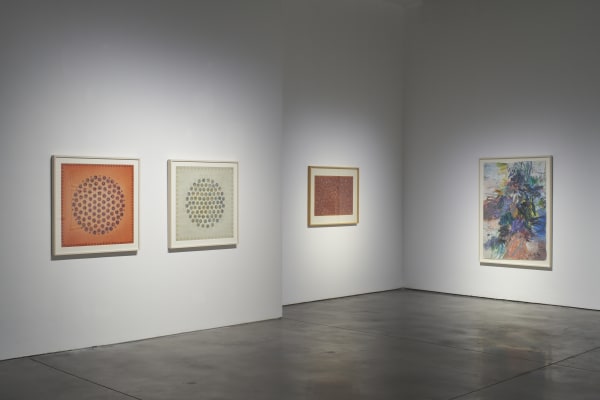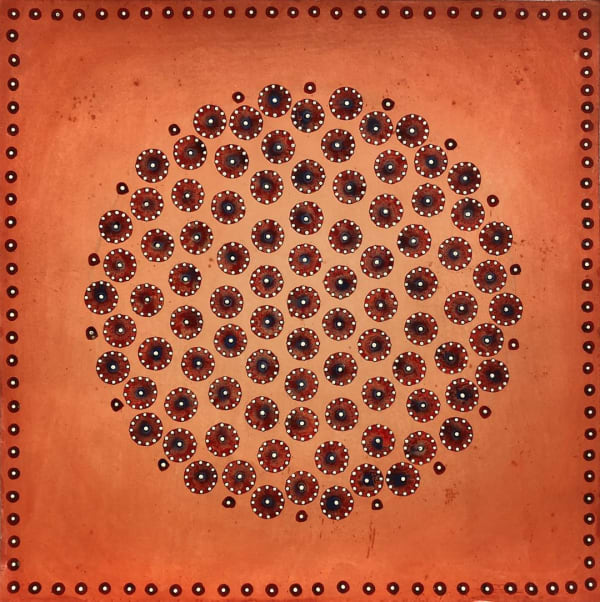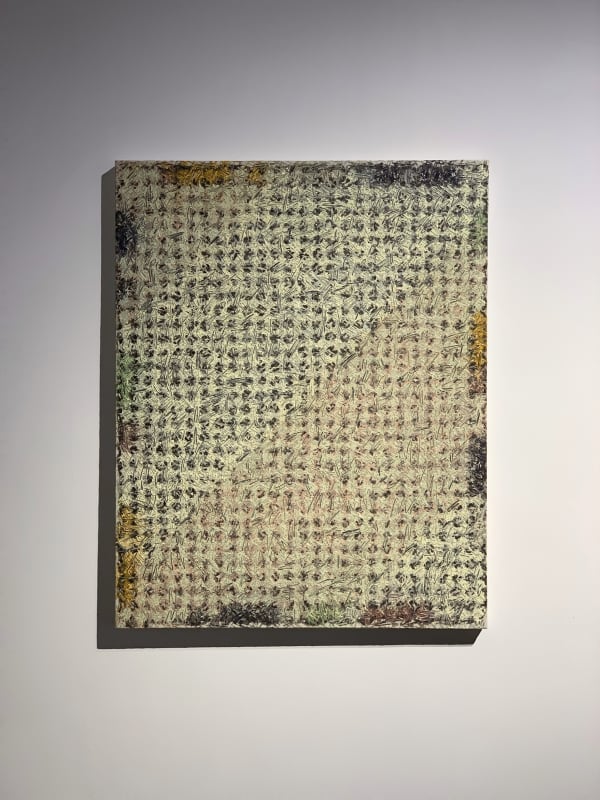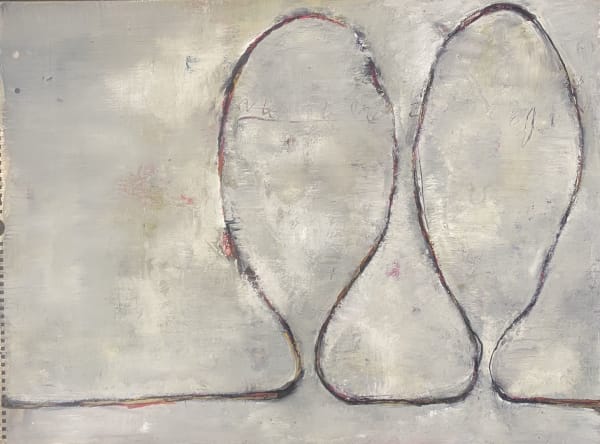Echo on Papers: 천창, 황위엔칭, 징스지엔
Arario Gallery Shanghai is pleased to announce that "Echo on Papers", a group exhibition focusing on Chinese contemporary artworks on paper, has been launched on June 20, 2020. This exhibition presents near 30 pieces of paper works from three Chinese artists, Chen Qiang (b. 1960), Huang Yuanqing (b. 1963) and Jing Shijian (b. 1960). By their unique experiment from the late 1990s to the present, this exhibition attempts to explore how "paper" breaks its form in traditional Chinese painting and calligraphy, merges with contemporary art and formulates brand new form of artistic language.
Lu Ji, a calligrapher of the Jin Dynasty, wrote calligraphy work "Ping Fu Tie" on the hemp paper. Since then, the continuous development of ink painting and calligraphy has gradually made "paper" rooted in the genes of Chinese art. Until the coming of 85 New Wave Movement, the influx of massive Western cultural and artistic achievements triggered the extensive cultural collision between the Orient and West as well as the transformation of artistic language in China, the trend of which became the main rhythm in Chinese contemporary art field for the next 40 years. During this period, the various creations of the local artists have remained in the mark of this turning point of Chinese art history. In a paused year as 2020, it is of special significance to look back at the artistic creation during the important language transition of Chinese contemporary art in the past half century.
The changeable overprinting of dots, circles and geometries records the creative trajectory of Artist Chen Qiang, who is known as a representative figure of Shanghai abstract painting. From the obvious sense of form and decorative inclination in Chen's early works, to his embodiment of the Western Geometric abstraction's concept "object is the object" in later creations, then to the applying of Xuan paper as the main material and conducting meditation alike creation with unconscious brushstrokes, several veers of Chen Qiang's artistic language potentiallly reveal the unique oriental idiosyncrasy of Chinese contemporary artists in abstract creation, which also fit art critic Gao Minglu's theoretical summary of the characteristics of Chinese abstract paintings since the 1990s : the abstract artist's work that focuses on self-sufficiency and spiritual infinity has endless expressive and vividly reflects the "Marxist Concept", that is, beyond the object form of the work itself and present the specific feelings of individuals and the daily process of continuous development in specific life situation.
Huang Yuanqing create painting based on calligraphy. Among the exhibiting artists, he is the only one who majored in science and engineering subject and studied calligraphy for many years. In Huang Yuanqing's view, the material itself has plentiful meanings and implies a certain cultural attribute. While the concept of "paper" is fundamentally different between the West and China: paper in traditional Western painting is usually used for sketch making,in another word, it is more like an auxiliary material; however, paper in traditional Chinese art is the main creative material, taking Xuan paper as an example, it naturally possesses certain intimate attribute and needs to be treat gently.
From paper to canvas, from ink to acrylic, from "heavy" to "light" and then reverse...with a series of artistic language conversions in the past 15 years, Huang Yuanqing continued to explore different cultures behind the artistic expression of the East and West,as he said, "like Tai Chi and boxing." The contradictory attributes of canvas and Xuan paper also nourish each other in Huang's works, but what remains consistent is a sense of writing that embodied in his paintings. Calligraphy as a secret and familiar trace of freedom, combined with the spatial possibility interwoven on the surface of the work, accomplish the shaping of artist's expression of strong visual emotion. And when expression becomes a natural presentation rather than the result of will control, Zen concept is also precipitated under Huang Yuanqing's brush.
As one of the first batch of academic oil painting artists after the Chinese economic reform, Jing Shijian created his multi-dimensional visual language through in-depth study of Eastern and Western philosophy. In 2007, Jing Shijian started the exploration of "1/2 Theory". "1/2" expounds the appearance of incomplete and complete image of anything in the fragmented world. Jing have used corrugated paper as the main material to create painting works. Through the restoration of the place where art originates and the presence of human beings, Jing reconstructed a landscape image of the world and depicted the art world, which also triggered the discussions about conceptual issues such as the role of art within ready-made products, the uselessness and usefulness of art etc. In recent creation, Shijian applied a special way of stone rubbing on Xuan paper. The multiple spots of ink in the work reflect obvious fusion of Expressionnisme and oriental esthetics of ink landscape painting, the conversion of his art language is fierce and direct. Existing in a certain tension of confrontation, the relationship between tradition and modernity, east and west, individual and world, ideal and reality is deeply and magically intertwined in Jing's works.












































![[대담] 천창: Echo on Paper](https://artlogic-res.cloudinary.com/w_1200,c_limit,f_auto,fl_lossy,q_auto/ws-arario/usr/images/news/main_image/6/wechat-image_20200725171743.png)

